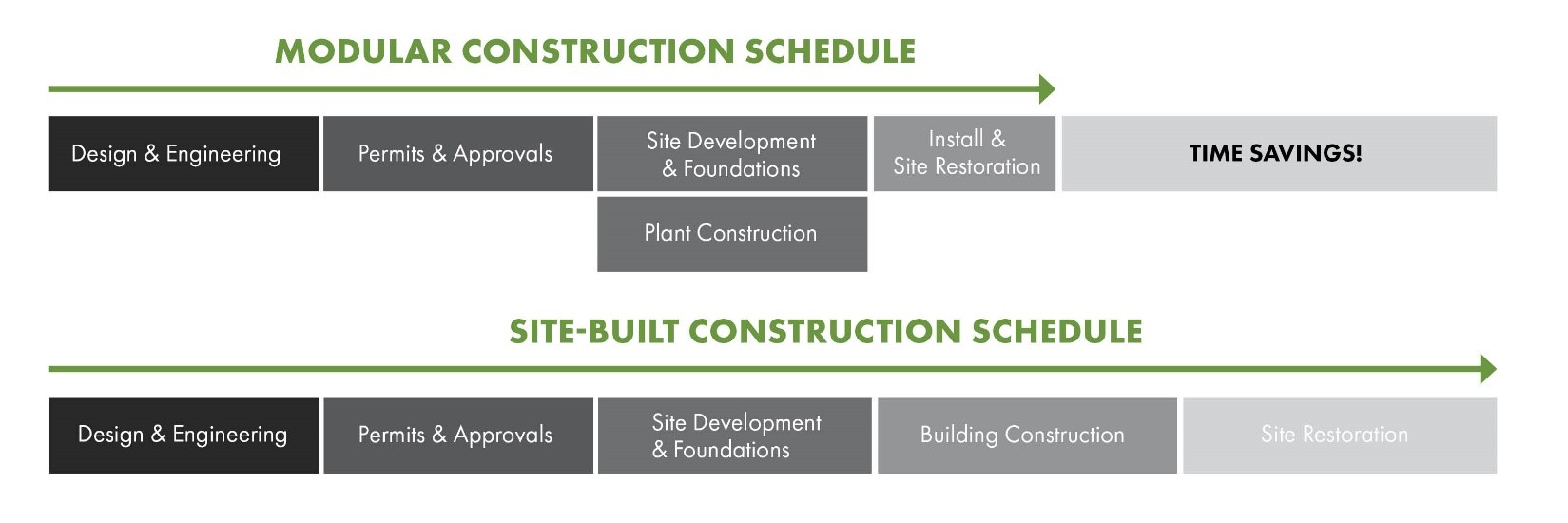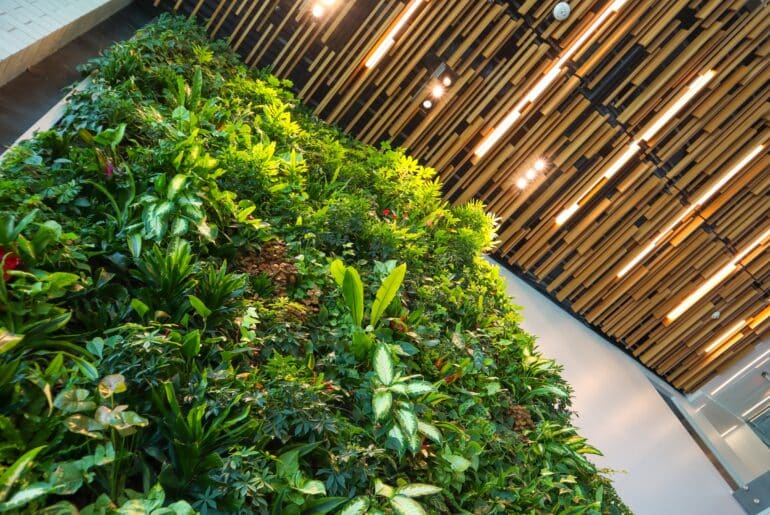With the increase in soft costs to development (which are the 2nd highest in the nation in San Francisco), shortage in skilled labor, and drawn out permitting process, the building industry is wondering what’s going to have to give to make progress on the looming challenge of solving the housing crisis. As it turns out, the answer may be nothing.
While we don’t claim to have a silver bullet for the housing crisis, it is a prime opportunity for market transformation through innovation in the multifamily sector. Below, we outline two key approaches that are gaining significant traction for better housing.
CONTINUED GROWTH OF PREFAB
From a cost, speed, labor, and quality perspective, prefab housing makes a strong case for itself. Adding to those benefits, from an environmental perspective there is significantly less construction and demolition waste generated from “eliminating all off-site construction by limiting number of people, trash, and amount of material needed to finish a project on-site and doing it all in the warehouse” (Rick Murdock, Guerdon).
In addition, the controlled environment of a factory lends itself to better construction practices. These include consistent quality (think tighter envelope and better air filtration) and reduced site disruptions from weather delays, noise, and pollution on jobsites, all of which lead to shorter construction times and ultimately, greater financial savings. Project cost savings can range from 20%-40% depending on the project team’s experience with modular projects.
The sector has been gaining in popularity and is likely to stay – Guerdon Modular Buildings, a Boise-based prefab company is booked through 2019; Factory_OS, the new modular construction company in the North Bay, is churning out projects 40% faster and at 20% less cost; earlier this fall, Amazon invested in Plant Prefab in what some predict it is a potential move for Alexa-wired smart-mods. Even San Francisco Mayor London Breed has jumped into the prefab arena, allocating $100M to modular housing projects in the city.
Though this isn’t a new technology – for example, both Japan and Sweden use prefab building methods for a large majority of multifamily developments – it is relatively fresh on the scene in the Bay Area and will likely be perfected here in small, urban infill lots. Modular could be the disruption the market needs in face of the housing shortage and sky-high construction costs.
THE RISE OF CO-LIVING
Another novel concept that could help alleviate the housing shortage is co-living, or shared living spaces. This housing type tends to reflect the current generation’s priority on mobility and adaptability. These community spaces could outweigh private, individual spaces that are becoming less and less affordable for the average tech worker, let alone our peers who make up the backbone of society – teachers, law enforcement officials, and trade workers.
Co-living spaces are more densely occupied and rely on multi-modal use of spaces that are rich in amenities and provide economic opportunities. Considering that only 20% of residents living in a multifamily building nationwide use the offered amenities, a co-living network has the opportunity to provide immense flexibility. A global pass or membership could activate under-utilized spaces and connect residents to a larger community, like OpenDoor, a co-living company, is doing.
Not only would the spaces be fully utilized, but the number of neighborhood amenities would increase, and urban infill development can be prioritized for much needed services that often get overlooked due to the housing squeeze. Then we can start looking closely at amenities and services that rely on forging partnerships with local organizations to develop better urban planning, community, and neighborhood-oriented development.
TAKING ACTION
We’re all players in an exciting time for the evolution of the multifamily sector: adopting modular technology that was once targeted at single family residences to large scale multifamily high-rise projects, as well as the arrival of co-living as an asset class. Within these newer trends, there are numerous ways to optimize residential spaces, whether through a certification like GreenPoint Rated or LEED for Homes, or with a more custom approach.
To discuss more about aligning your multifamily development with the future of the sector, contact Stok.




